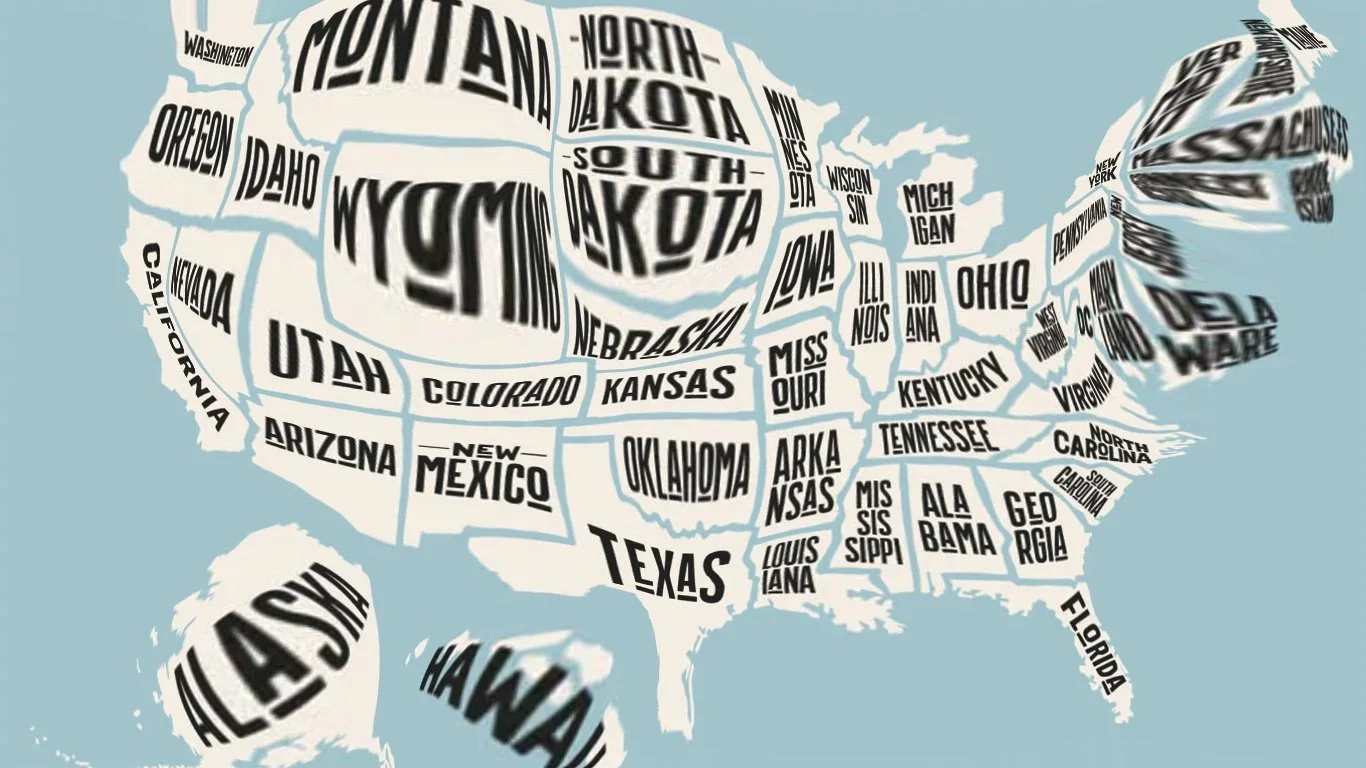The Electoral College Has Got to Go
The 200-year-old electoral college system distorts presidential elections by granting swing states and those with small populations an outsized influence. Artwork: Hala Hassan
By LUKA TAYLOR
When we think of a democracy, we usually think that the person who gets the most votes wins the election. But in the U.S. (the world’s oldest surviving democracy), it is very possible that a president can win an election with fewer total votes than their opponent.
In fact, two of our last four presidents, George W. Bush and Donald Trump, won an election while still losing the overall, or “popular,” vote. But why does a system like this exist? And should it be removed?
The electoral college was originally created by the founding fathers as a way to select the president. Their solution was to let states decide the president by assigning them electors.
Electors were people who would each have one vote for the president. Each state was assigned one elector for each senator (two per state) and one elector for every representative they had in the House of Representatives, who were assigned based on the state’s population total.
Originally it was the electors themselves who would decide who they wanted to be president, without voting from the public. Nowadays, all of each state's electors will typically back the candidate who gets the most votes from the public in that state. For example, if a candidate got the most votes in New York, they would get all twenty-eight of the state’s electoral votes to add to their tally.
The winner-takes-all nature of the electoral college makes it so that it doesn’t matter whether a candidate wins a state with 99% of the votes or 51% because either way they get the same number of electoral college votes. This means that the states that decide the election are the few “swing states” that don’t vote consistently for one party or the other.
This can cause complete imbalances in the number of electoral college votes a candidate has and the number of popular votes they have. It forces politicians to focus on these key swing states while campaigning, often ignoring others. This also means that sometimes, the candidate with the most votes doesn’t win the election.
For example, Donald Trump won the 2016 election with 304 electoral college votes and 2.8 million fewer votes than his opponent Hillary Clinton. “I ran for the electoral college. I didn't run for the popular vote,” Trump said.
The solution to all this is to completely remove the electoral college.
The electoral college is an old institution that was made when direct democracy had never been seen before. Modern problems require modern solutions, not the same ones we’ve been using for over 200 years.
Most modern democracies use a proportional representation system, which means that things are based on the proportion of total votes each candidate gets. This allows for multiple candidates to run and creates a system where parties have to make compromises and work with each other to get things done.
Thomas Jefferson, one of the original founding fathers, said in 1823, "I have ever considered the constitutional mode of election…as the most dangerous blot on our constitution, and one which some unlucky chance will someday hit." The next year John Quincy Adams was elected president, beating Andrew Jackson after losing the popular vote by more than ten percent.
The argument people make for the electoral college is that it benefits small states, and this is the reason why it was adopted in the first place. Supporters say it gives smaller states more power in the federal government, power that they would not have otherwise.
This argument is disingenuous. The electoral college was originally created as a compromise for southern states to retain influence because their large slave populations would give them more electors. Nowadays, small states are ignored unless they are swing states.
So what can be done about all this?
For the electoral college to be removed, there would have to be enough public support to convince two-thirds of both the House and the Senate to agree to change the Constitution. Alternatively, each state could follow Maine and Nebraska’s example, distributing electoral votes separately to the popular vote winner and each congressional district’s winner, so that electoral votes are more fairly split between candidates.
Although such a broad fix currently seems unlikely, it is the path America should take to become a true democracy, so that every vote will matter equally.

